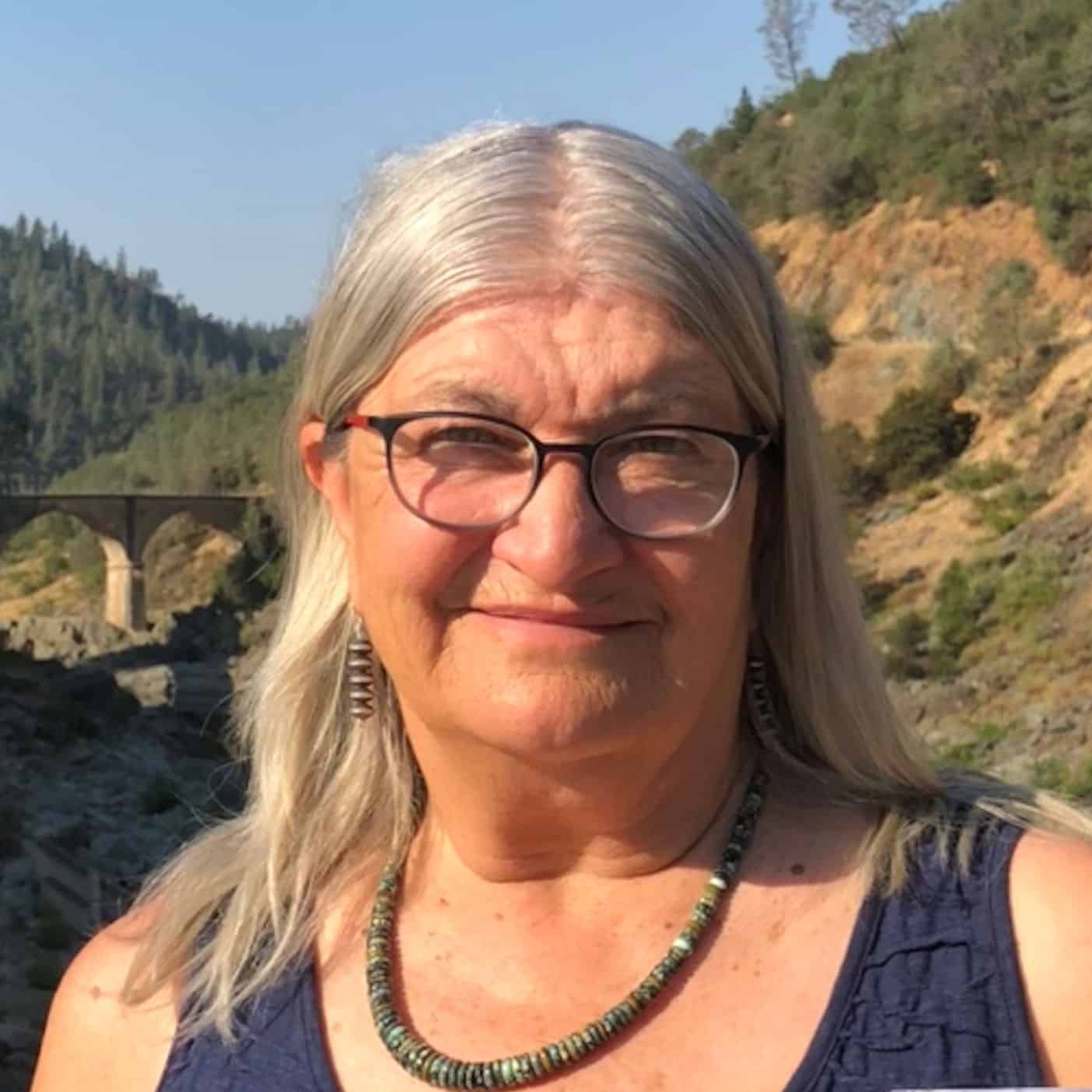2018 Tevis Cup Provides Equine Research Opportunities

When the 63rd Tevis Cup event kicks off at 5:15 a.m. on Saturday July 28, 156 of the top endurance horse and rider teams are slated to start the cross-country quest to cover 100 miles within 24 hours. This event has long provided a unique opportunity to conduct research on well-conditioned endurance horses working in extreme conditions, and this year is no exception.
Researchers studying this year’s Tevis field will include David Horohov, PhD veterinary science chairman and director of the University of Kentucky’s Gluck Equine Research Center, in Lexington, and Allen Page, DVM, PhD, a veterinarian and scientist at the Gluck Center. They plan to continue their research started in racehorses and look at links between exercise and inflammation in equine athletes.
“The team has developed a method where a single 3-cc blood sample can test for multiple equine inflammatory and anti-inflammatory markers, as well as multiple early injury marker candidates,” said Mike Peralez, DVM, Tevis’ head veterinarian, who also competes in endurance riding
Create a free account with TheHorse.com to view this content.
TheHorse.com is home to thousands of free articles about horse health care. In order to access some of our exclusive free content, you must be signed into TheHorse.com.
Start your free account today!
Already have an account?
and continue reading.

Written by:
Marsha Hayes
Related Articles
Stay on top of the most recent Horse Health news with












